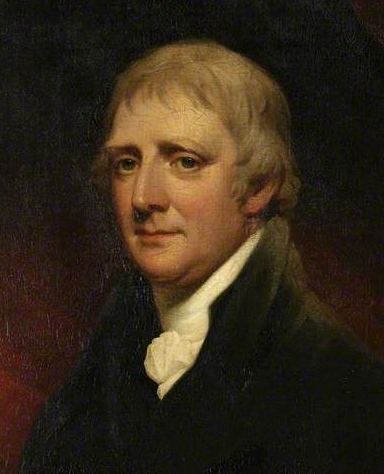Name Sir Croft, | Role Physician | |
 | ||
Died February 19, 1818, Cavendish Square, London, United Kingdom | ||
Sir Richard Croft, 6th Baronet (9 January 1762 – 13 February 1818) was an English physician to the British Royal Family and was the obstetrician to Princess Charlotte who became famous due to his role in "the triple obstetrical tragedy" of 1817.
Contents
Early life and family
He was born on 9 January 1762 at Dunster Park, Berkshire, the son of Herbert Croft and Elizabeth Young. He married on 3 November 1789, Margaret Denman, daughter of Dr. Thomas Denman and Elizabeth Brodie and the sister of Thomas Denman, 1st Baron Denman who became Lord Chief Justice of England and Wales.
They had four children: Sir Thomas Elmsley Croft, 7th Baronet; Sir Archer Denman Croft, 8th Baronet; Frances Elizabeth Croft; and the Reverend Richard Croft, rector at Hillingdon, Middlesex County, England.
Education
He began his medical training under Dr Rupert Chawner, an apothecary/surgeon residing at Burton-upon-Trent. After he completed his training under Dr.Rupert Chawner, his parents sent him to London to complete his medical education. He became a pupil of Dr. John Hunter; and by recommendation of Dr. Matthew Baillie, (a fellow pupil of Croft's and nephew of Dr. John Hunter) he boarded and lodged with Dr. Denman. Croft was also trained by his father-in-law, Dr. Thomas Denman, a preeminent obstetrician in London at the turn of the nineteenth century, whose textbook on childbirth had been first published in 1788. He graduated with his MD from the University of Oxford in 1789. He held the office of Physician to King George III.
Baronetcy
He succeeded to the title of 6th Baronet Croft, of Croft Castle, County Hereford on 27 April 1816 upon the death of his brother, Sir Herbert Croft, who had died without a male issue.
Triple death
When Princess Charlotte conceived in February 1817, Croft was chosen to attend her. Following medical dogma, Croft restricted her diet and bled her during the pregnancy. Her membranes broke 42 weeks after her last period on 3 November 1817. Her bedroom at Claremont was chosen as the labour and delivery room. The first stage of labour lasted 26 hours. At the beginning of the second stage of labour, Croft sent for Dr. John Sims, who arrived 7 hours later. The second stage of labour lasted 24 hours. He had correctly diagnosed a transverse lie of the baby during labour; however, forceps were not used as they had fallen into disfavour in the British medical community. A caesarean section at that time would have resulted in the princess's death. Eventually, Princess Charlotte delivered a stillborn 9-pound male. Five hours later she died, presumably from concealed inner bleeding.
Although the princess's husband and father sent messages to thank Croft for his care and attention, Croft was distraught over the outcome. The king ordered a necropsy, with the result that Sir Everard Home, 1st Baronet and Sir David Dundas, 1st Baronet reported that everything had been done for the best. However, the death of the Princess continued to weigh heavily on Croft, and on 13 February 1818, at age 56, Croft killed himself with a gun. Near his body a copy of Shakespeare’s Love's Labour's Lost was found open with the passage (Act V, Scene II): "Fair Sir, God save you! Where is the Princess?"
Society portraitist Sir Thomas Lawrence was commissioned by Croft's half-sister to create a posthumous portrait sketch of Croft in his coffin. The haunting result, now at Croft Castle, is often taken for a man sleeping.
Charlotte's pregnancy is known in medical history as “the triple obstetrical tragedy”.
Both Croft and his wife are buried at St James's Church, Piccadilly.
